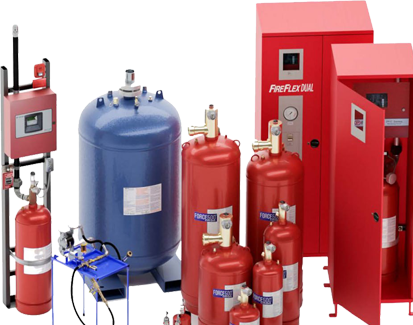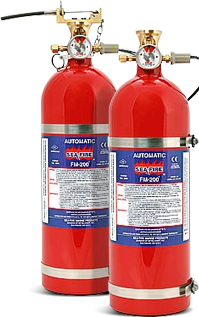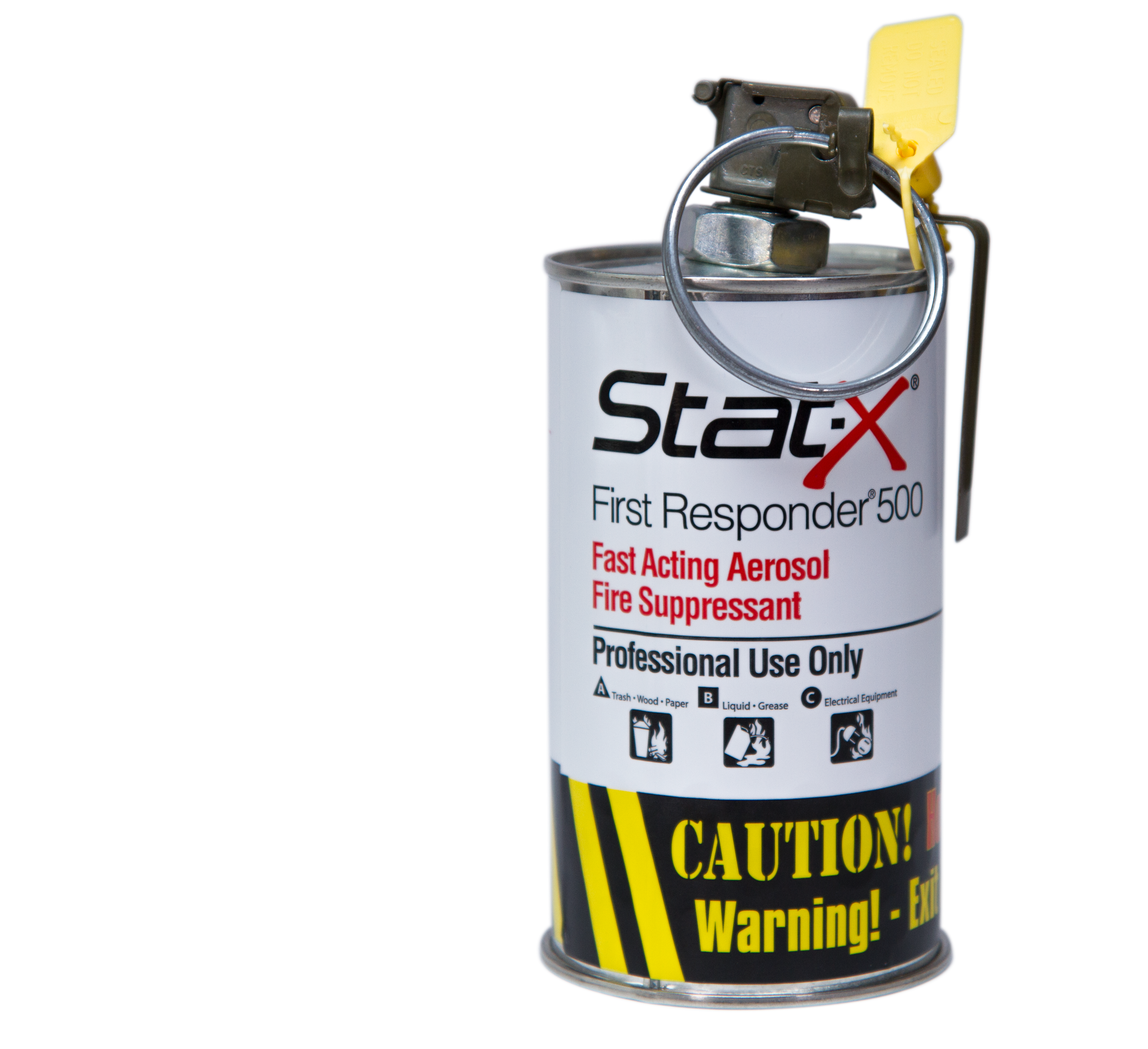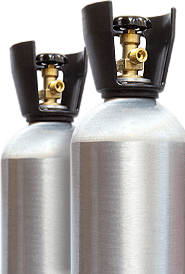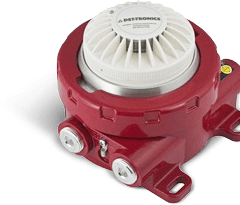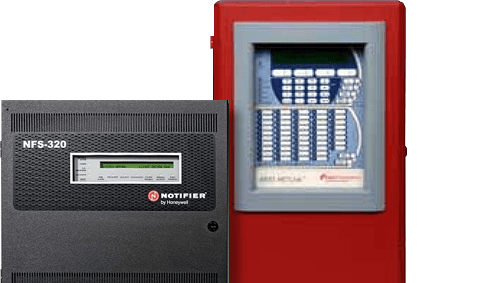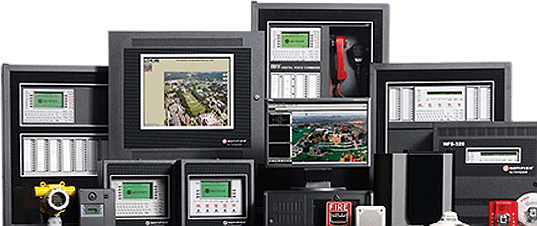Why VESDA and Early Smoke Detection Are Critical for Modern Facilities
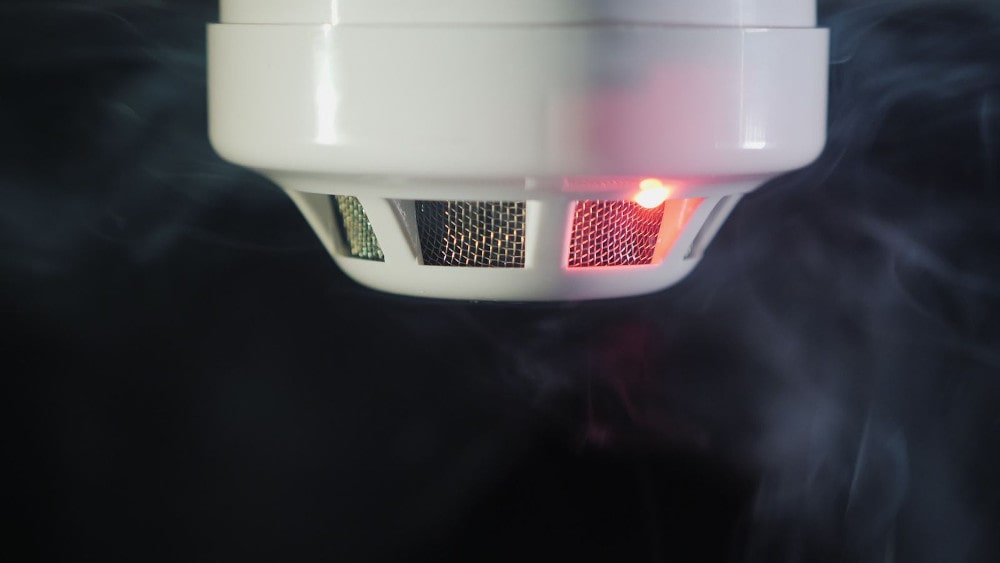
Key Takeaways
- Early detection is critical – VESDA identifies smoke in the incipient phase, buying valuable minutes to stop fires before damage or downtime occurs.
- More sensitive than conventional detectors – unlike spot or beam detectors, VESDA can detect microscopic smoke particles well before flames or heat develop.
- Essential for high-value environments – data centers, healthcare facilities, museums, and transit hubs all benefit from very early detection to protect critical assets.
- Pairs seamlessly with clean agent systems – integration with FK-5-1-12 or Novec ensures suppression without water damage to electronics or irreplaceable items.
- Supports compliance & insurance requirements – NFPA 72, NFPA 75, and ISO/EN standards, plus Tier III/IV uptime certifications, often mandate advanced detection.
- Design and placement matter – installing detectors in airflow paths, voids, or HVAC systems maximizes efficiency.
- Regular maintenance and calibration keep systems reliable and audit-ready.
- Real-world proof – VESDA has prevented millions in losses by detecting smoke in server rooms early enough to stop escalation without full system activation.
Very early smoke detection (VESDA) systems are more important than ever in the modern world. Fires double in size faster than ever, smoke from new materials is more toxic than simple Class A fires, and sensitive components necessary for business operation are easily damaged. Identifying a fire as early on in the incipient phase as possible allows for the least amount of damage to property possible, and provides the best possible chances at positive outcomes for fire professionals and lay people alike who may be interacting with the fire.
Introduction: Why Early Detection Matters in 2025
Now more than ever, businesses rely on mission critical technology to keep afloat and stay operational. Server rooms, data centers , and healthcare facilities all house precious machinery that, if damaged or destroyed, can result in millions of dollars of business being lost every hour. Fire can't be put out until it is identified and isolated, and the fastest way to do that is through a VESDA system. The very first line of defense for any suppression system needs to be early detection in order to get the entire operation started.
Explore further
What Is VESDA and How It Works
VESDA Detection Technology
VESDA stands for very early smoke detection apparatus, which is a fancy way of talking about machines that can identify and relay the appearance of smoke and flames early in the incipient phase of a fire, well before it gets out of hand. Methods range from active air sampling and passive point detectors to traditional models that are able to constantly monitor the air for microscopic smoke particles, alerting experts to the source of a fire immediately and allowing for the proper extinguishment.
Why VESDA Is Different from Conventional Detectors
Traditional smoke detectors, like the kind you might have in your house, pick up smoke and heat after a fire has developed sufficiently to the point of actively producing each of those things. VESDA systems can alert you well before this phase, offering a product with significantly more sensitivity than spot or beam detectors. These minutes or seconds can make all the differences in activating a suppression system to save valuable business assets from being damaged.
Applications in Modern Facilities
Data Centers and Server Rooms
It's no secret that data centers and server rooms are as fragile as they are essential to your business' operational plan. Even slight changes in atmospheric conditions can ruin expensive equipment or damage invaluable data stored within it. Combining VESDA systems with clean agents can mitigate any potential fire damage before it is able to grow the fractional amount required to harm these assets.
High-Risk and High-Value Facilities
In addition to these modern pieces of technology, classic structures like museums or transportation hubs with items of high intrinsic value also need early alerts to the presence of incipient flames. Every situation in which smoke, heat, and minor fluctuations in air conditions can cause devastating harm require the use of a VESDA system rather than a traditional smoke alarm setup.
Integration with Fire Suppression Systems
Pairing VESDA with Clean Agent Suppression
Early detection may be the first step, but actually putting the fire out and avoiding financial setbacks is the ultimate goal. By pairing a VESDA alert with a clean agent suppression system, your autonomous building can attack the fire long before a call to your local fire service can be made. Rather than have your data center corrupted by water from sprinklers, agents like FK-5-1-12 can extinguish the threat with no damage to your valuable assets.
Alarm and Control Panel Integration
Fire professionals are still one of your greatest assets, and even after deployment of a clean agent you want to make sure skilled professionals investigate the scene for signs of extension. VESDA system, in addition to triggering in-house suppression methods, can create a staggered series of alarms to trigger fire service to investigate or come in hot with a pumper if things look to be out of control.
Compliance and Standards
NFPA and International Guidelines
Several NFPA codes govern the use and maintenance of fire detection systems. NFPA 72 governs the guidelines for air sampling, and NFPA 75 sets the standard for all Information Technology Equipment. Your insurance company may adhere to standards set by ISO/EN, as well.
People also search
Insurance and Audit Requirements
Expensive equipment requires extensive insurance, and most companies will require some level of fire protection to be in place before you can even obtain the proper asset protection. If you are aiming for Tier III/IV uptime compliance certifications, your VESDA setup will not only help your bottom line, but bring you up to industry standards across the board.
Best Practices for Early Smoke Detection Systems
Design and Placement
Placing your VESDA is important. Just sticking it in a corner of dead-air and expecting it to cover your entire shop floor is a poor use of high-end technology. Common fire areas like void-spaces and HVAC systems are better choices for early detection of heat and atmospheric changes. You don't need to place a VESDA directly over the point of ignition to detect an early threat, but there does need to be enough airflow through the space to bring those micro particles to the sensors.
Maintenance and Testing
As with any tool, proper maintenance is important. Set up a schedule, or use a fire prevention expert to assist you, to regularly calibrate your equipment, check for proper airflow patterns, and ensure the VESDA remains in proper working order.
Real-World Example / Case Insight
In a case of a server room ignition, a VESDA system was able to alert the operations team at the facility early enough in the incident that the threat was neutralized without the need to set off the entire system and possibly putting other equipment in danger. By sensing the fire in this incipient phase, millions of dollars of loss due to downtime was avoided, and the business was able to run without significant delays.
Final Recommendations
Early smoke detection is the new industry standard. Rather than being a fancy new toy to play with, these VESDA systems are now an essential part of your mission critical setups. Paired with clean agent systems, and complete compliance with local codes, the NFPA, and insurance, early detection is the greatest tool modern business owners have to ensure continuity of operations when potentially disastrous events occur.Without access to a VESDA system, your tech, healthcare, and manufacturing operation is vulnerable to significant losses of both product and time. Putting a fire out isn't good enough if it ravages your account books because you were unable to detect it in a timely manner. Investing in an early detection system is the greatest leverage you have against unwanted disaster-based downtime.






